As we age, recovery becomes just as important as activity. For seniors, managing daily life while staying healthy and mobile means finding balance—especially after minor injuries, surgeries, or periods of inactivity. The good news? Effective recovery doesn’t require expensive equipment, complex routines, or hours of effort. With a practical, real-life checklist, seniors can regain strength, improve mobility, and enhance overall well-being—using minimal gear and fitting seamlessly into everyday schedules.
Recovery isn’t just for athletes. For older adults, it’s a crucial part of maintaining independence. After a fall, illness, or hospital stay, the body needs time and the right support to heal. Without proper recovery practices, seniors risk muscle loss, reduced mobility, fatigue, and even longer-term complications like chronic pain or balance issues.
The goal isn’t to return to peak physical performance overnight, but to restore function, prevent setbacks, and build resilience for daily life.

This checklist is designed with real-world constraints in mind: limited time, minimal space, and no need for special equipment. It’s structured around daily habits, simple movements, and mindful practices that support healing without overwhelming your routine.
Start the day with gentle movement to wake up joints and improve circulation. No standing required—most exercises can be done from a seated position.
Proper hydration and balanced nutrition fuel recovery. Dehydration can lead to dizziness and fatigue, while protein, fiber, and vitamins support tissue repair and energy.
Tips:
Sitting for long periods slows circulation and stiffens joints. Set a timer or use daily cues (e.g., after TV commercials or phone calls) to stand, stretch, or walk a few steps.
Simple activities:

Combat midday fatigue with a short recovery session. This isn’t about intense exercise—it’s about re-energizing the body and mind.
Recovery includes mental and emotional well-being. Spend a few minutes reflecting on the day, noting what felt good and what could be improved.
Also prepare for quality sleep:
Life doesn’t follow a perfect timeline—especially for seniors managing appointments, caregiving, or social visits. The key is consistency, not perfection.
Try this:
While this checklist supports general recovery, it’s important to recognize when professional guidance is needed. Consult a healthcare provider if you experience:
Recovery for seniors doesn’t have to be complicated. With a simple, realistic checklist, you can support your body’s healing process using just a few minutes a day and no special gear. The focus is on consistency, self-awareness, and small wins that add up over time.
By integrating these practices into daily life, seniors can regain confidence, improve function, and enjoy greater independence—all on their own terms.

Health

Health

Health

Health
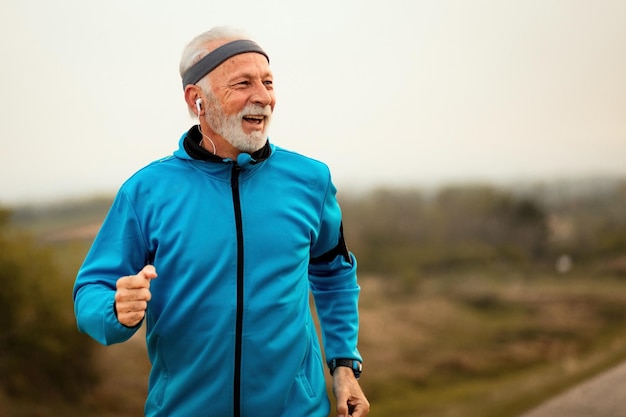
Fitness
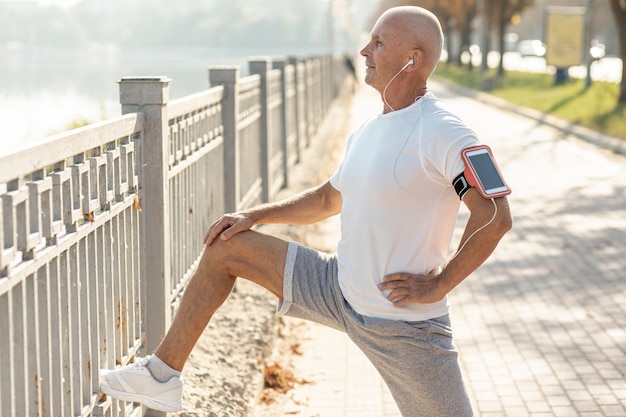
Health
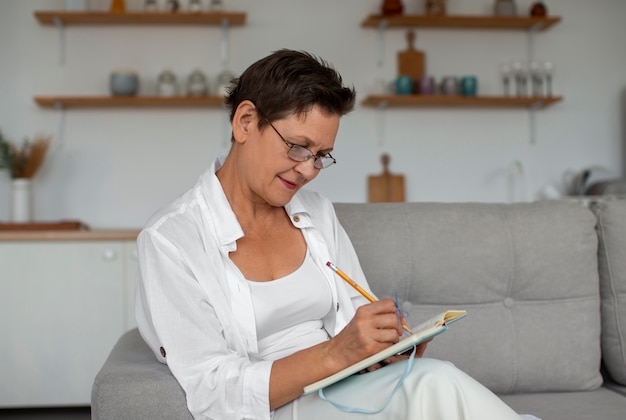
Health
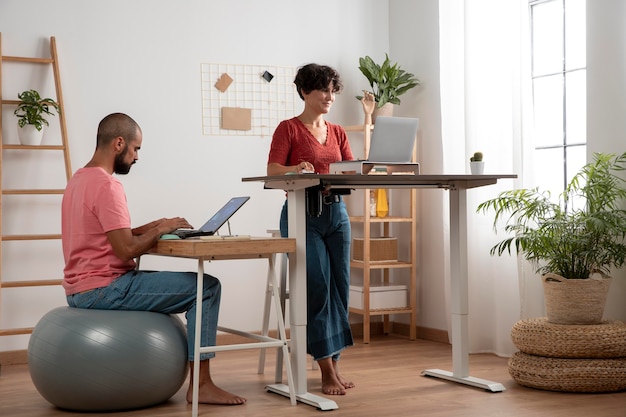
Wellness
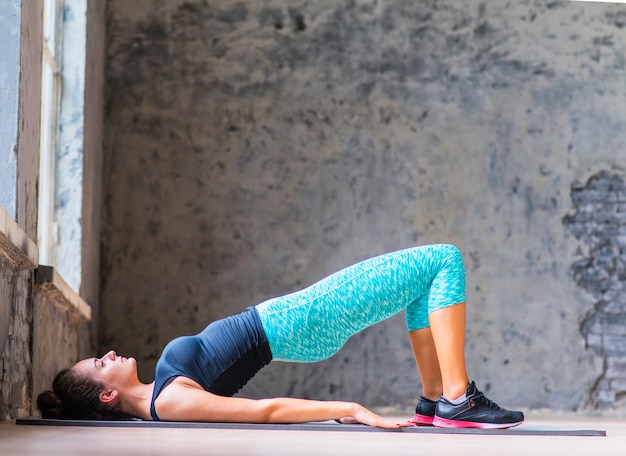
Wellness

Fitness
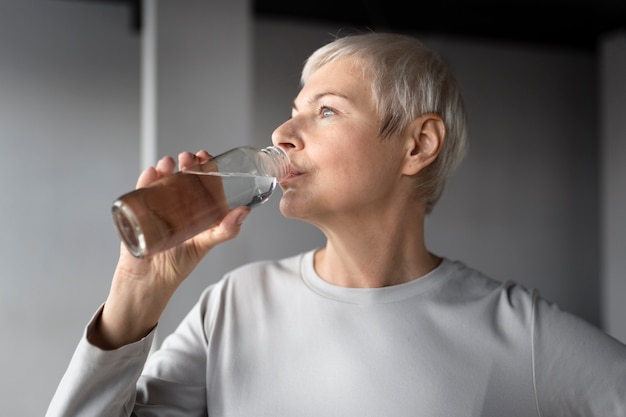
Health
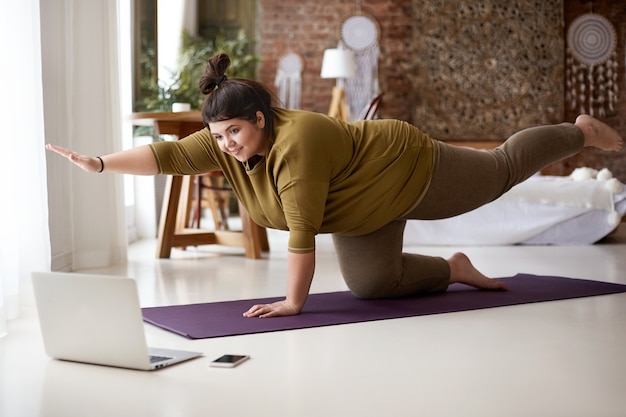
Fitness

Health

Fitness

Health

Health